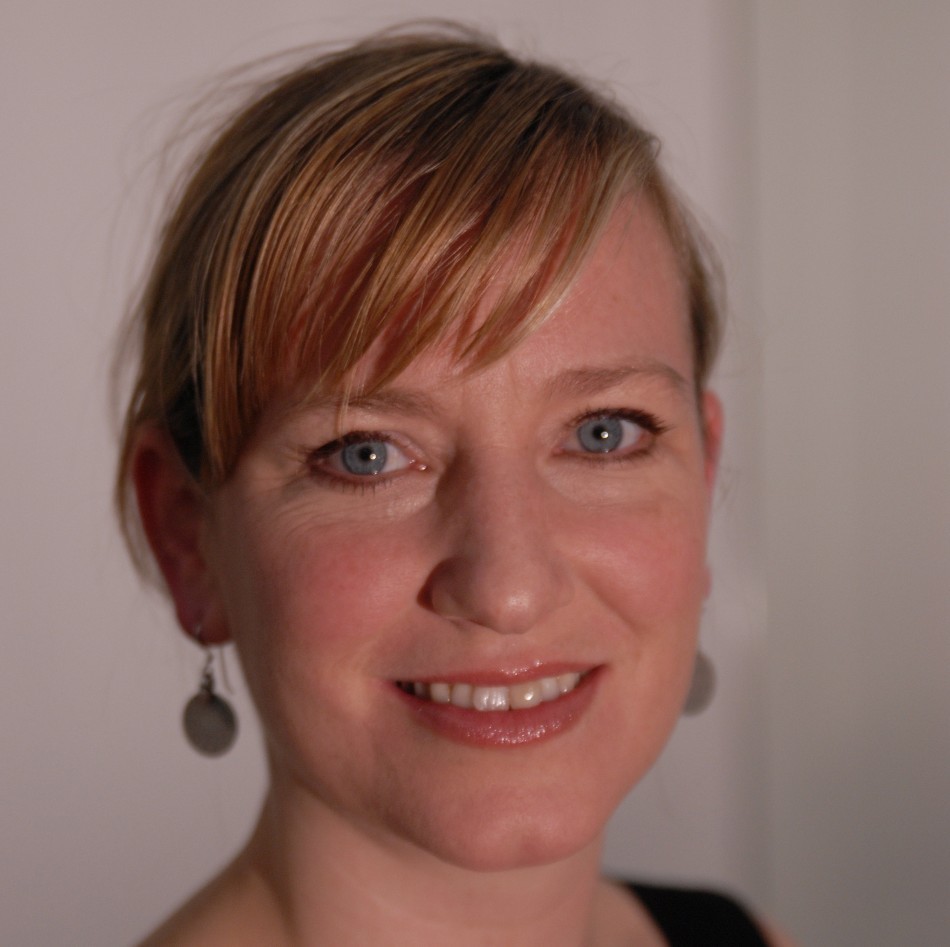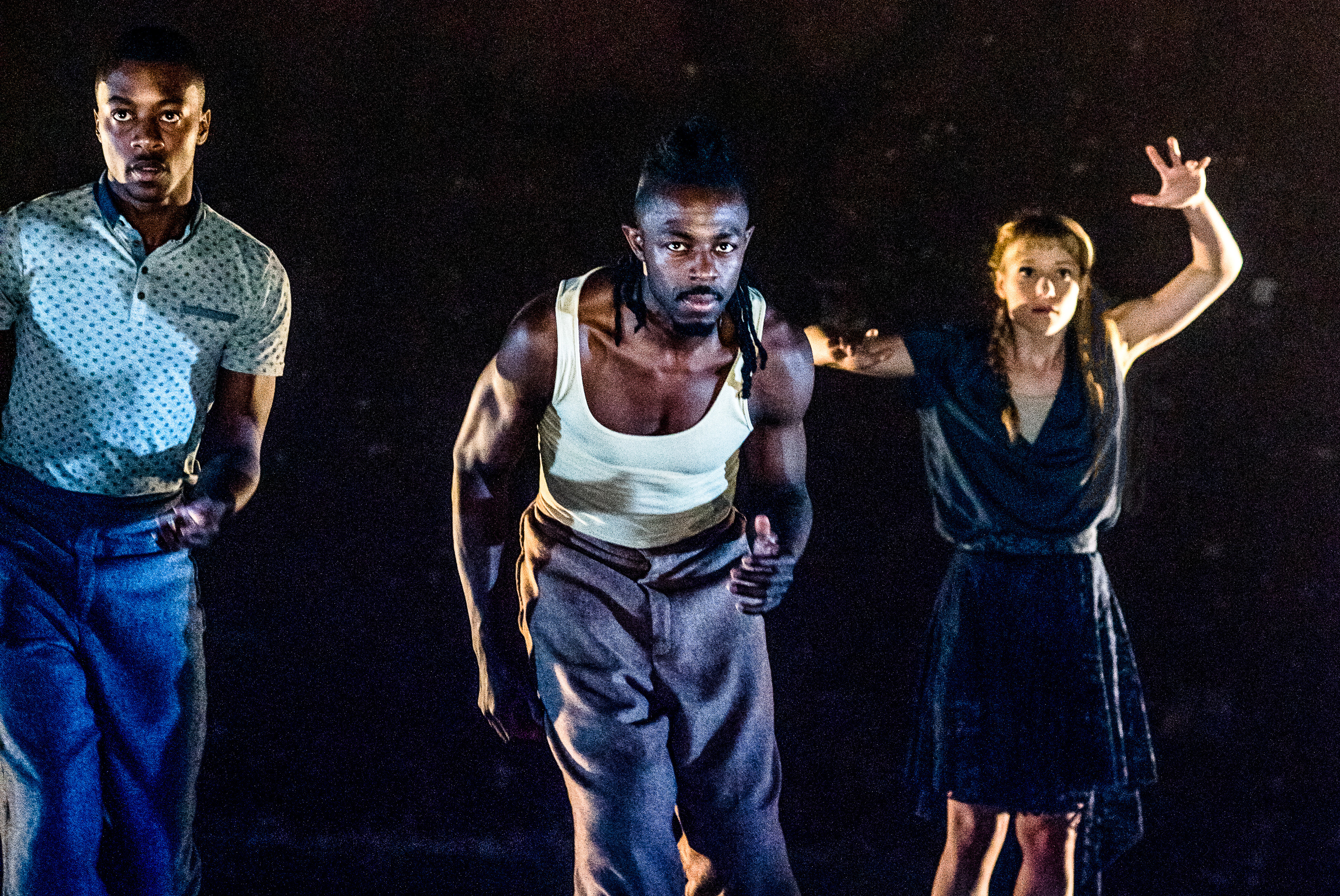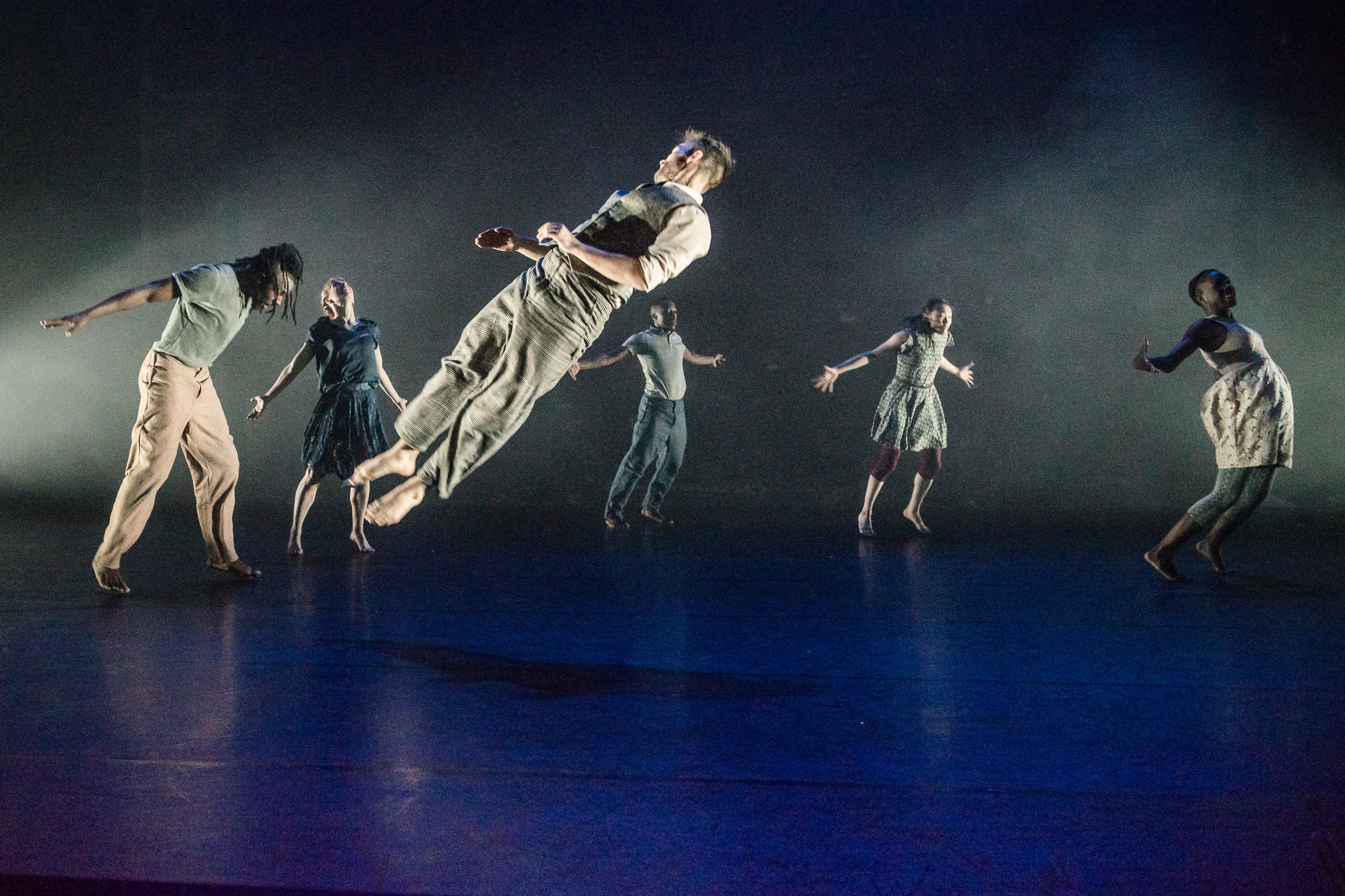Building on acclaimed choreographer Natasha Gilmore’s experience in a bi-racial white European/black African relationship, and as the mother of children of mixed heritage, Barrowland Ballet’s Whiteout is a heartfelt, witty and innovative piece of dance theatre exploring the complexities of racial difference.
Luke Sutherland (author of Venus as a Boy and a musician in Mogwai, Long Fin Killie, Bows), who is of black heritage, has also drawn on his own experience and cultural perspectives to create music for the work.
Read our interview with Luke Sutherland
Raising questions of belonging and exploring the dynamics of everyday interactions with honesty and humour, Whiteout is designed to challenge the audience’s perspectives while asking important questions about Scotland’s contemporary racial landscape.
Audiences will watch a constellation of six dancers move between digital projection and live performance, producing a visually rich, dynamic dance theatre piece informed by personal experiences.
Q. HI, NATASHA. CAN YOU TELL ME HOW WHITEOUT CAME ABOUT?
A. I’m married to a West African. When we moved to Glasgow, there was a certain level of visibility about that, more so than we had experienced in London. There are certain things that happen to us when we go out that you start to notice.
So, for example, if I am out with my husband, people will normally just talk to me like in a restaurant or something and they will kind of ignore him, like he is invisible or something. So those things gave me inspiration to make a work about it and try and examine what that is really.
We have two children and I found my observation was intensified when I became a mum. My perception of the world really changed. I went from being a white woman from a white family to my own family which is predominantly black. And I think that changed my perspective. I think I lost my white privilege that I didn’t even realise that I had until I didn’t have it any more.
For example, choices about where to live – I might not want to live anywhere too rural where we would be the only black people there – or choices of where to go on holiday, so there might be countries that are more tolerant than others. Things like that I didn’t really think about before.
Q. WHITEOUT SEEMS TO BE QUITE A PERSONAL PIECE OF WORK. HAVE YOU USED PERSONAL EXPERIENCES BEFORE AS INSPIRATION FOR YOUR WORK?
A. A little bit, but not in such an intense way. I did one piece inspired by conversations I had with my grandma that were really to do with the cycle of life. As she neared the end of her life, she started asking questions like: Is there an afterlife? And that stimulated a whole piece for me.
This one is more personal. But I’m not telling my story; I’m using it as a starting point to explore the issues. It is an experience that everyone can understand. Really, it is about being judged for what you are, not who you are, which happens whether you are a woman, because of your sexuality, it happens all the time.
Everyone gets judged; that’s the feeling that we are exploring to an extent. We are trying to normalise diversity and celebrate it; that’s ultimately what the piece aims to do.
Q. HOW DOES THE MEDIUM OF DANCE HELP CONVEY THESE THEMES?
A. For me, the magic of dance is when it’s clear enough, there is enough sign-posting within it for you to be able to understand to an extent. But on the other hand, it leaves it open to interpretation so that your own personal experience or emotional state will play into filling in the gaps.
Q. THERE ARE BOTH LIVE PERFORMANCES AND DIGITAL ELEMENTS IN THE SHOW. HOW DO THEY WORK TOGETHER?
A. We wanted to bring alive the next generation. We wanted to have the young children present within the work and so one successful way was to use them in the projections rather than touring with them.
So there is a section of the piece featuring duets which lead to them having children and we filmed dancers with two young kids who have dual heritage. For me, it helps to bring it alive and it becomes a playful interaction between the projected world and live world and they are working together.
At the very beginning of the show, we project lots of different families that are from different racial groups and again it’s just that thing of normalising it and celebrating it and saying: look, this has been happening for centuries, this is actually really normal, get over it and enjoy it.
You can catch Whiteout at the Woodend Barn, Banchory, on Saturday, May 16 and Eden Court Theatre, Inverness, on Sunday, May 17.


